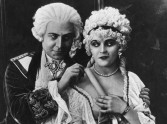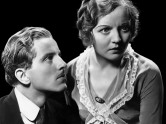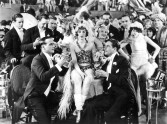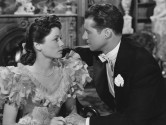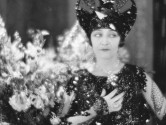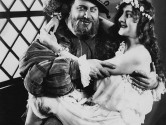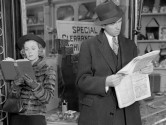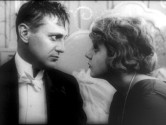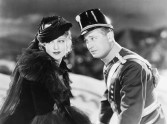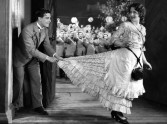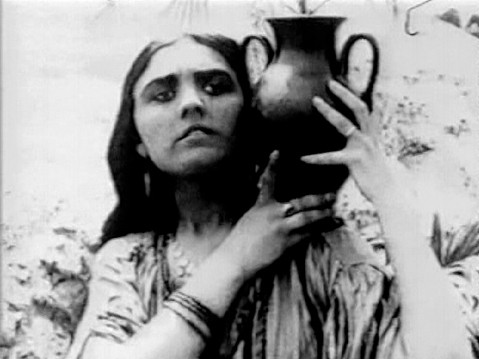
The Eyes of the Mummy
The Flame – fragment
Screening on Film
After the success of Lubitsch’s comedies, UFA allotted bigger budgets to the director in order to compete with Hollywood. In his first feature, Lubitsch mixes a little horror, exoticism, violence and suspense in with his melodramatic romantic triangle. He reunited The Merry Jail’s Liedtke and Jannings, and employed, for the first time, the successful stage actress Pola Negri—who would make eight films with the director and who provides one of the film’s highlights, a marvelous dance sequence. A popular and critical success, The Eyes of the Mummy—along with Carmen—were the films that ultimately paved the director’s path to Hollywood.
-
The Flame – fragment (Die Flamme)
Directed by Ernst Lubitsch.
With Pola Negri, Hermann Thimig, Alfred Abel.
Germany, 1923, 35mm, black & white, silent, 19 min.
German intertitles with English subtitles.
Print source: German Film Institute
Only fragments survive of The Flame (aka Monmartre), Lubitsch’s last German film, in which Pola Negri’s shady Yvette marries André, a naïve young composer, against his mother’s will. André’s friend tries to help his mother break up the marriage and secure a new mistress as part of the bargain. Detouring from the epic historical dramas with what Lubitsch called a “small, intimate Kammerspiel,” The Flame exhibits some of his first elegantly edited sequences, using the subtle, wordless details and symbolism that he would tenderly hone in his later films. By the time The Flame premiered in 1923, Lubitsch and Negri had already arrived in Hollywood.





